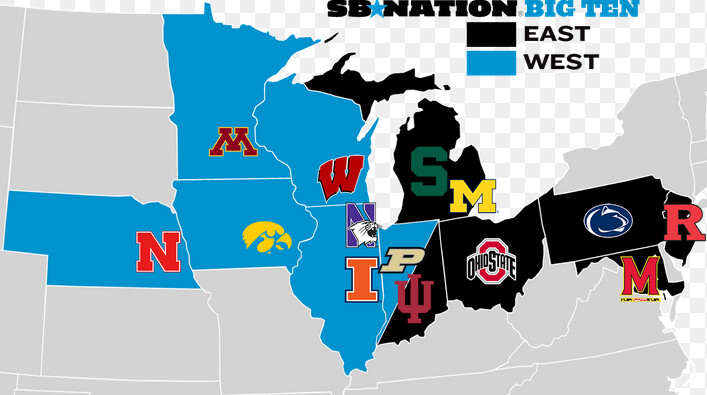College sports accounting is a tricky business. At least one study of 19 college sports revealed that just two sports–men’s football & men’s basketball–were profitable. That 2009 Wall Street Journal study is quite dated, however. (A bit surprising, the study found that baseball as well as track & field were the most costly programs due to extensive travel and to scholarships.)
The term “revenue sport” is in need of refinement. While some sports, such as men’s ice hockey,may generate revenue,the overwhelming majority of the approximately 150 college ice hockey programs are not self supporting. (The Univ. of North Dakota, the Univ. of Minnesota-Duluth are the only 2 out of 150 ice hockey programs that generate a profit of a bit over $1 million. Ohio State claims to have lost almost $5 million from ice hockey. Even the University of Vermont showed a loss of about $188,000 from ice hockey.)
Football revenues & men’s basketball revenues tend to support entire athletic departments of division 1 schools.
In 2018-2019, the University of Michigan generated about $198,000,000 in sports revenues–primarily football–and just about $3 million from ice hockey before expenses.
Revenues from TV are almost nothing from ice hockey. As noted in a post above, it is tough to follow the tiny puck on TV.
For many D-I athletic programs, no football means no intercollegiate sports as we know them today due to lack of revenue to support such athletic programs (travel, scholarships, coaches salaries, and other expenses).
